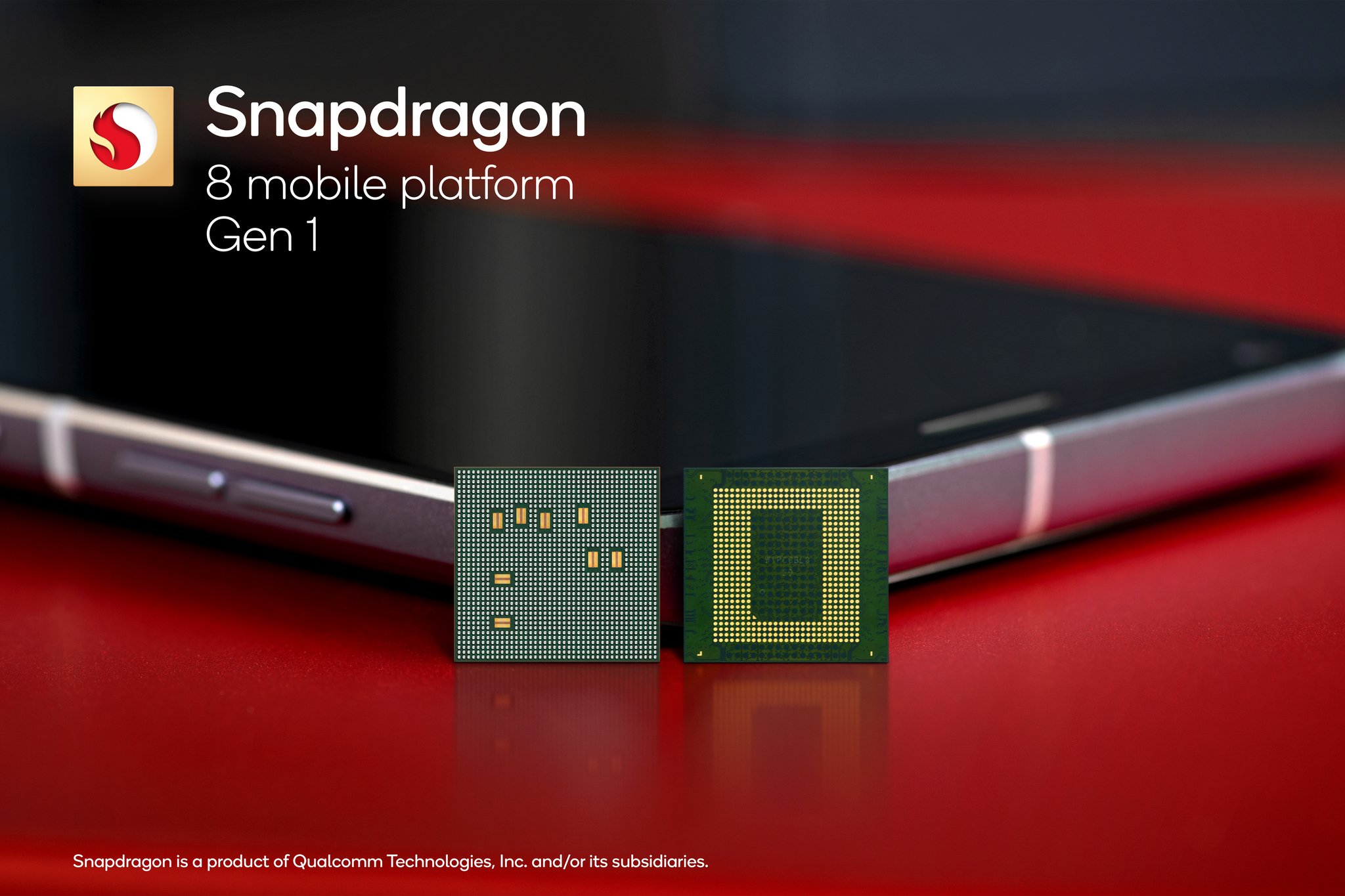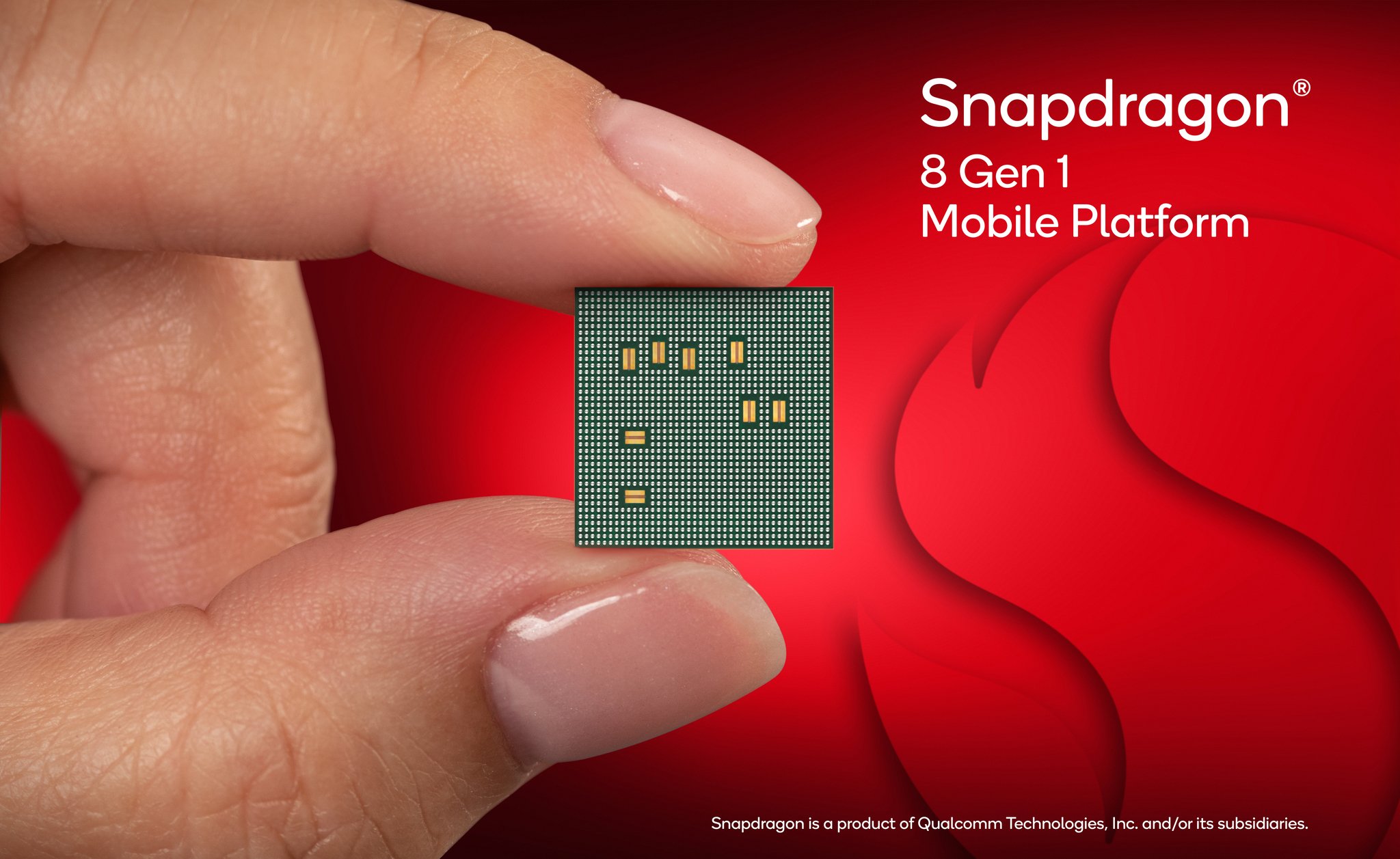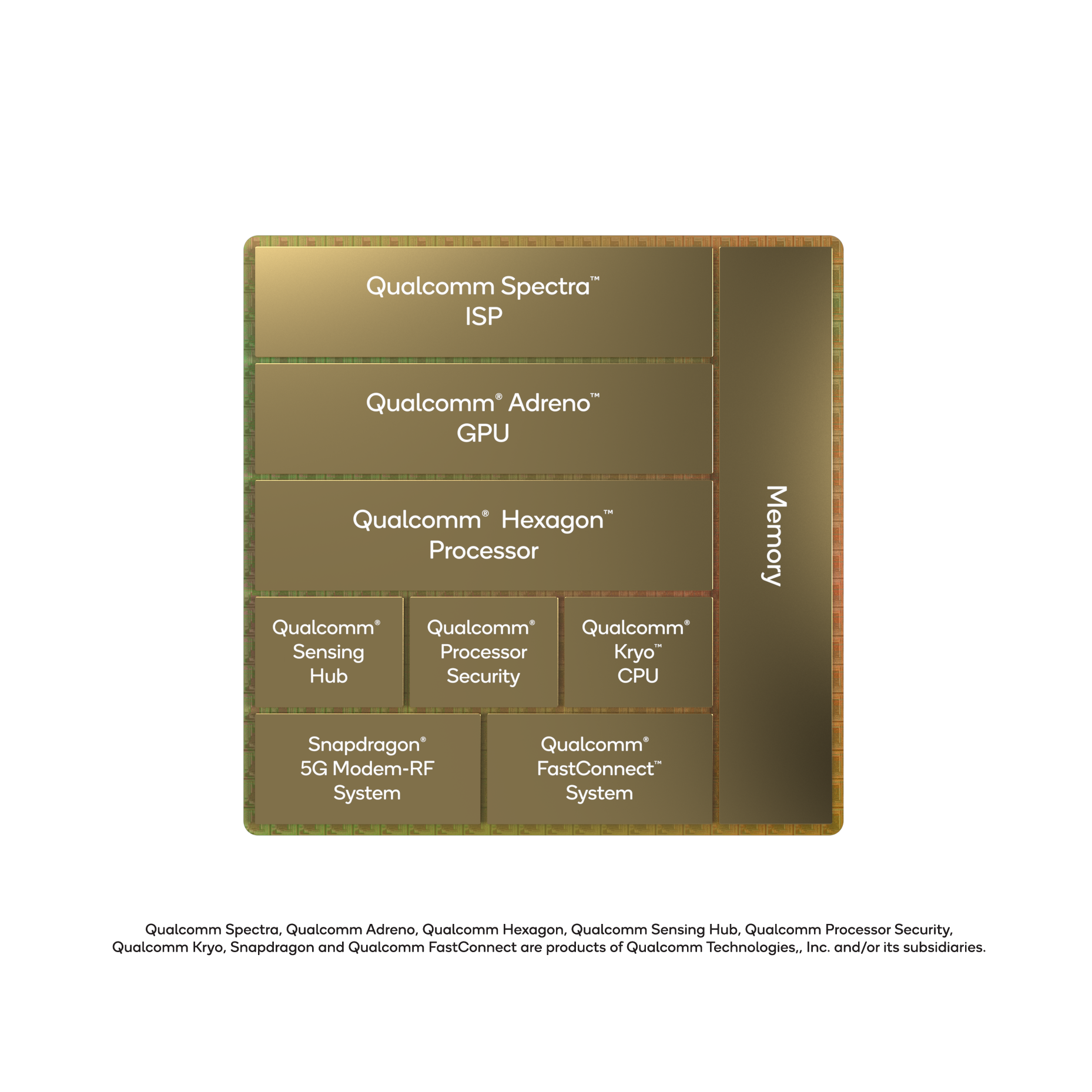Snapdragon chips get a new name and new capabilities.
What you need to know
- Qualcomm announces its latest flagship Snapdragon chipset.
- The Snapdragon 8 Gen 1 chipset is the first to utilize Qualcomm's new naming convention.
- The chipset features advancements in AI to enhance on-device processing and improve photo quality.
Qualcomm has finally unveiled the new Snapdragon 8 Gen 1 mobile platform, the first chipset to adopt Qualcomm's new naming convention that it teased earlier this month. This new "simplified" naming scheme represents a new generation for Qualcomm that focuses its efforts on advanced AI processing and fast 5G speeds.
The Snapdragon 8 Gen 1 features a new 3GHz ARM Cortex X2 high-performance core that should provide up to 40% better performance than its predecessor. It's also built on a 4nm process for improved efficiency over the Snapdragon 888.
However, beyond speed, Qualcomm is focusing on AI capabilities and performance. Thanks to the 7th Gen Qualcomm AI Engine, the Snapdragon 8 Gen 1 features 4x faster AI performance. This will help enhance on-device processing capabilities to better group and prioritize notifications on the best Android phones with natural language processing. It will also enable vocal analysis with Sonde Health, which Qualcomm says can help monitor your wellbeing and detect if a user might be at risk of conditions like asthma, depression, and even COVID-19.
Beyond that, the AI engine will help take photography to a new level thanks to Leica's Leitz Look mode and the introduction of Snapdragon Sight. Like Snapdragon Sound, which is an umbrella of Qualcomm's audio technologies like AptX Lossless and AptX Adaptive, Snapdragon Sight brings the best of Qualcomm's imaging under one name. This includes Qualcomm's first 18-bit ISP for more vivid images and unprecedented 8K HDR video capture along with simultaneous capture from up to three sensors. And with the always-on ISP, your camera will detect faces for fast, accurate focusing and seamless face unlock without sacrificing battery life.
The new Spectra ISP can capture up to 200MP images, meaning it'll be ready for Samsung's new 200MP sensor when it arrives on the first Android smartphones. Qualcomm also highlights a "mega night mode," which captures and stitches 30 images together for the best night shots.
The chipset supports up to 16GB of RAM and is paired with the X65 modem, enabling up to 10Gbps 5G speeds with its improved mmWave antenna module while providing all-day battery life. There's also Wi-Fi 6, 6E support for the fastest Wi-Fi connection.
For mobile gamers, Snapdragon Elite Gaming gets a 30% boost in graphics rendering with the latest Adreno GPU while providing increased power efficiency. This comes in handy with Unreal Engine 5 support and improved frame rate for a smooth gaming experience. Qualcomm also comes with Audiokinetic technology for console-quality audio.
Snapdragon 8 Gen 1 is also the first mobile platform to support Android Ready SE, which paves the way for standardized digital car keys, mobile drivers' licenses, and more while retaining a high level of security.
With the increased focus on AI performance, it seems like Qualcomm is taking aim at Google after the release of the Pixel 6 running the search giant's own Tensor chipset. While the Snapdragon 8 Gen 1 is likely to provide faster general performance than Tensor, it'll be interesting to see how companies play up the AI features in their phones when the first devices launch.
The new chipset is set to be used by Android OEMs, including Honor, Motorola, Nubia, OnePlus, OPPO, Realme, Redmi, Sony, Vivo, Xiaomi, and more. Qualcomm says the first commercial devices are expected before the end of the year.
Source: androidcentral



